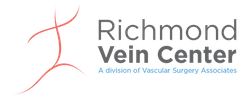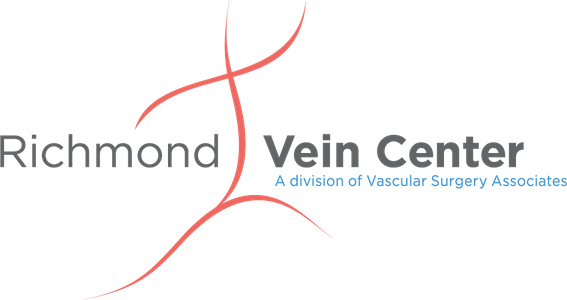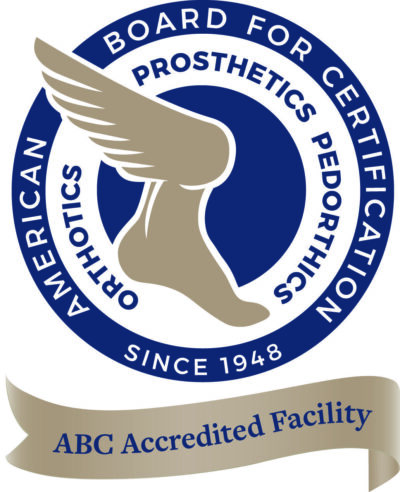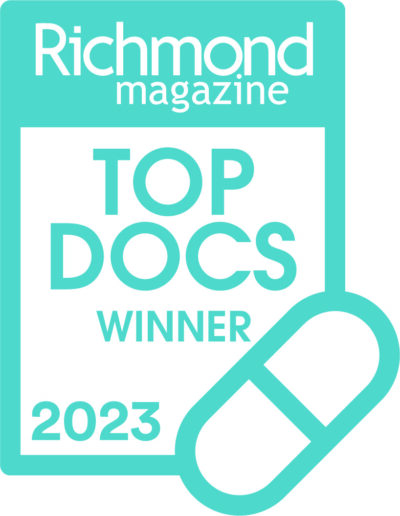What Are Varicose Veins?
Varicose veins are typically 3mm or more in diameter. These veins form when the valves within a vein malfunction and/or stop working. Instead of blood flowing upward, towards the heart, veins with a faulty valve experience blood flowing backwards. This is also known as reflux. This failure causes the blood pressure within the vein to increase, which results in swelling.
Typically, varicose veins appear on the legs, but can become present on other areas of the body too. They are visible as bluish in color through the skin. Common symptoms of varicose veins include swelling and/or weakness in the legs after prolonged sitting or standing. Individuals tend to experience symptoms the worst towards the end of the day.
Varicose veins are more common in women than men as pregnant women often develop varicose veins. Other predisposing factors include aging, standing occupations, obesity, and leg injury. Because varicose veins can be influenced by hormonal changes, pregnant women are likely to experience varicose development within their first trimester of pregnancy. Varicose veins often improve within the 3 months following pregnancy. However, this may vary especially for women with successive pregnancies. If left untreated, varicose veins may lead to phlebitis, leg ulcers and brisk bleeding.
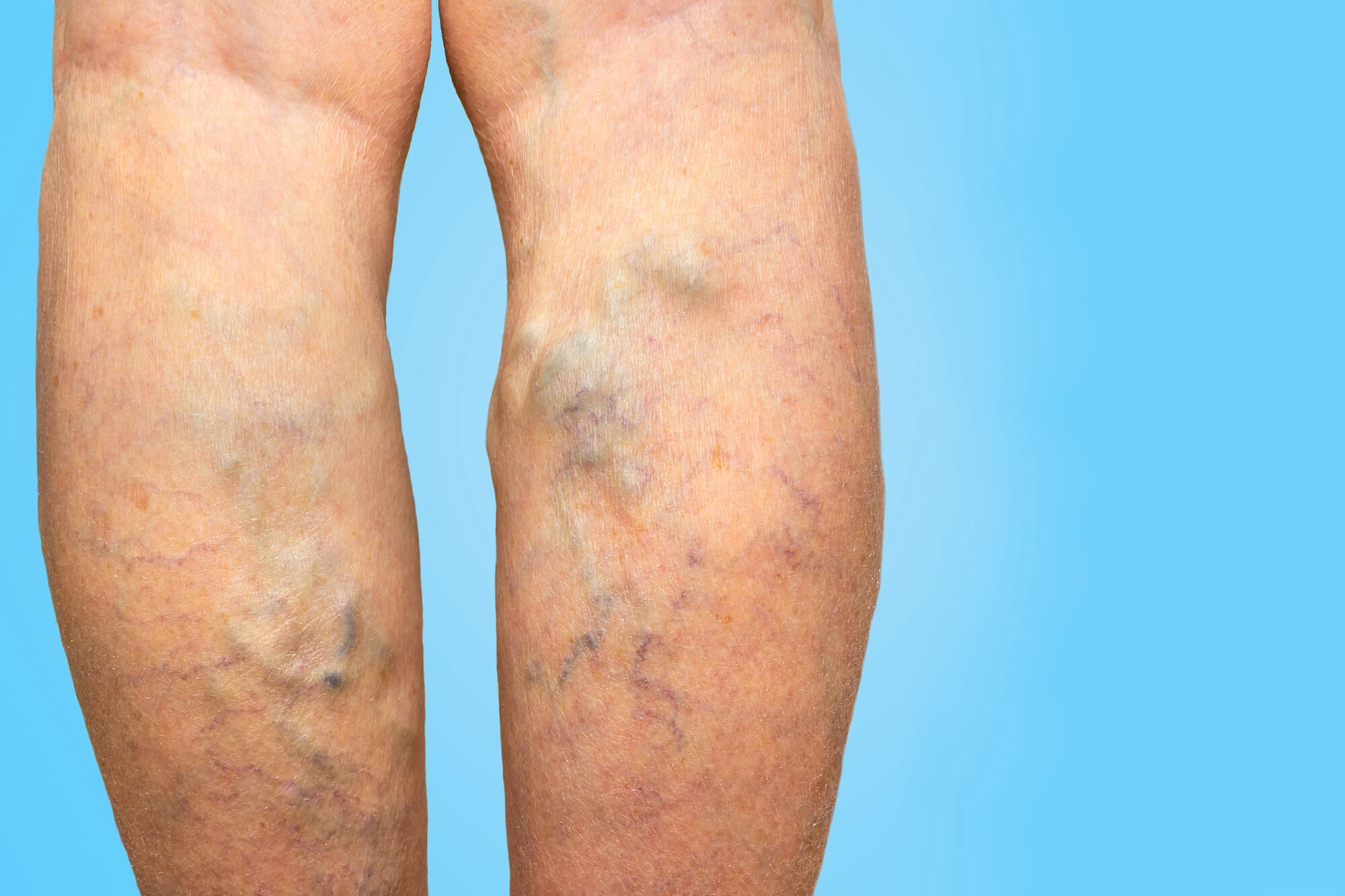
Vein Treatments
RFA (Radiofrequency Thermal Ablation) is a minimally invasive procedure done within an office setting. Clinical studies show that the RFA procedure significantly improves symptoms of leg discomfort, swelling, and pain within 1-2 weeks. Up to 90% of patients report durable relief from their symptoms.
Microphlebectomy is done in an office setting and involves the removal of varicose veins through small incisions on the surface of the skin. Patients are able to resume normal activity within 24 hours of the procedure.
Sclerotherapy treats both small varicose veins and spider veins. After each session, patients report a 70-90% improvement in the appearance of their small varicose and spider veins.
What Are Varicose Veins?
Varicose veins are typically 3mm or more in diameter. These veins form when the valves within a vein malfunction and/or stop working. Instead of blood flowing upward, towards the heart, veins with a faulty valve experience blood flowing backwards. This is also known as reflux. This failure causes the blood pressure within the vein to increase, which results in swelling. Typically, varicose veins appear on the legs, but can become present on other areas of the body too. They are visible as bluish in color through the skin. Common symptoms of varicose veins include swelling and/or weakness in the legs after prolonged sitting or standing. Individuals tend to experience symptoms the worst towards the end of the day.
Varicose veins are more common in women than men as pregnant women often develop varicose veins. Other predisposing factors include aging, standing occupations, obesity, and leg injury. Because varicose veins can be influenced by hormonal changes, pregnant women are likely to experience varicose development within their first trimester of pregnancy. Varicose veins often improve within the 3 months following pregnancy. However, this may vary especially for women with successive pregnancies. If left untreated, varicose veins may lead to phlebitis, leg ulcers and brisk bleeding.

Vein Treatments
RFA (Radiofrequency Thermal Ablation) is a minimally invasive procedure done within an office setting. Clinical studies show that the RFA procedure significantly improves symptoms of leg discomfort, swelling, and pain within 1-2 weeks. Up to 90% of patients report durable relief from their symptoms.
Microphlebectomy is done in an office setting and involves the removal of varicose veins through small incisions on the surface of the skin. Patients are able to resume normal activity within 24 hours of the procedure.
Sclerotherapy treats both small varicose veins and spider veins. After each session, patients report a 70-90% improvement in the appearance of their small varicose and spider veins.
